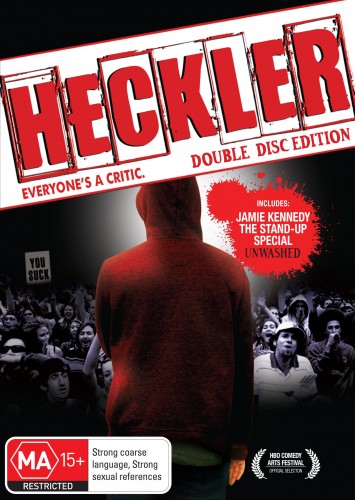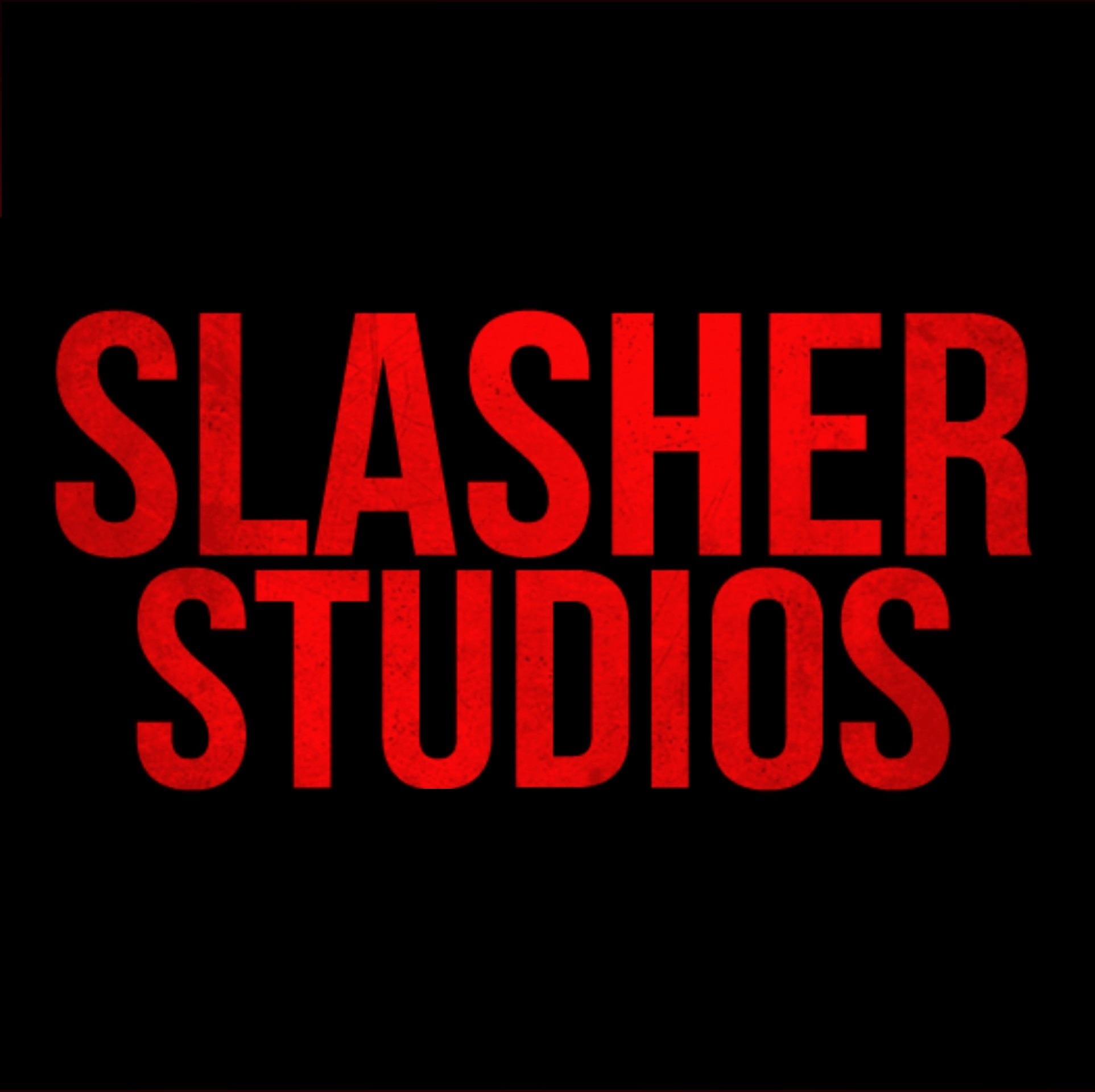
Not Quite Horror contains reviews of films not traditionally considered horror films. By analyzing them as horror films (identifying the monster, discussing the shared worry for the audience and the main characters, and understanding the depth of horror available to the viewer), who knows? There’s more than one way to watch a movie.
Heckler (2007)
The Monsters: The audience.
These monsters hide in darkness and strike anonymously. Jamie Kennedy and director Michael Addis attempt to shine light on this dangerous mob, but by the time the film is finished, it’s clear they are more scared of the audience than the audience will ever be scared of them.
The Horror: Audiences are everywhere, and they’re capable of seriously damaging human beings. Mostly, audiences harbor and encourage pesky comments and insults. Fuel those hecklers with alcohol and greater encouragement and they may even embarrass themselves on stage.
Off stage, critics can turn destroying art into a comedic assassination, ruining hard work for cheap laughs and small amounts of attention.
The Shared Fate: Heckler tries to turn the tables on hecklers by putting them in front of the camera and holding them accountable.
Unfortunately, the movie Heckler fails because the film itself is unprotected from the heckling and criticism it condemns. By trying to squash an annoyance, the film has instead proven how powerful an anonymous voice in the crowd can be.
Let’s all hope hecklers weren’t paying close attention. They often aren’t.
— I am indebted to Noel Carroll’s The Philosophy of Horror for his ideas on defining horror, as well as John Skipp and Craig Spector’s article “Death’s Rich Pageantry, or Skipp & Spector’s Handy-Dandy Splatterpunk Guide to the Horrors of Non-horror Film†in Cut! Horror Writers on Horror Film for a similar idea.–
–Axel Kohagen
